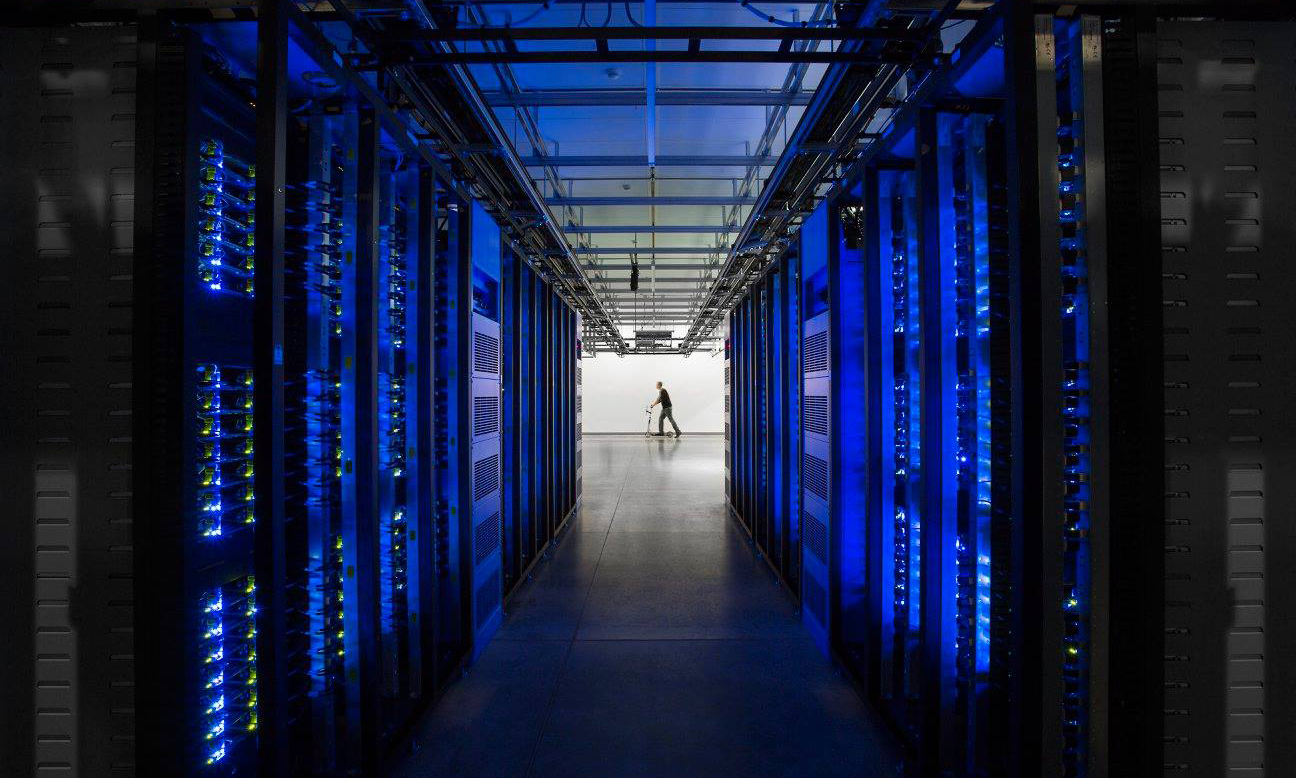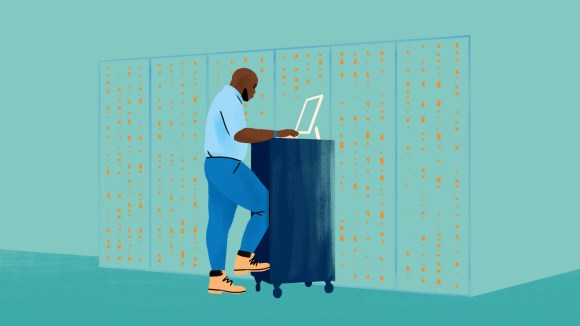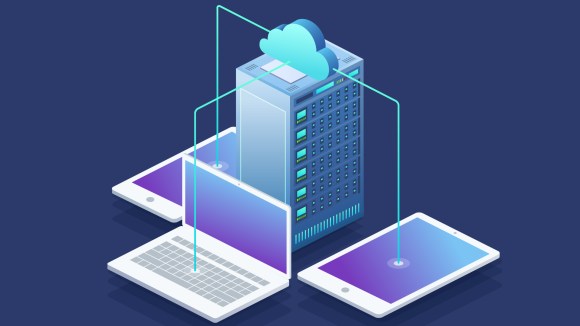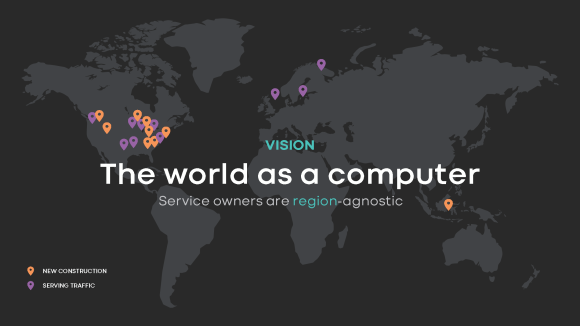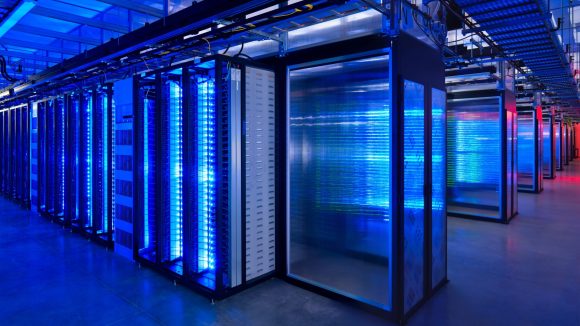Facebook data centers are some of the most advanced energy- and water-efficient facilities in the world. By cooling our facilities with outdoor air and using efficient cooling strategies such as our direct evaporative cooling system, our data centers use 50 percent less water than a typical data center. To achieve these results, we employ a variety of cooling strategies tailored to the specific environmental considerations for each data center. In locations with environmental challenges — like high levels of dust, extreme humidity, or elevated salinity, which could interfere with direct cooling — we use an indirect cooling system to minimize the risk of harming our buildings and the servers housed within. These systems protect our equipment and are more water efficient than traditional water chillers or air conditioners.
We are now taking our indirect cooling technology a step further by deploying a new evaporative cooling system that uses water instead of air to cool data halls. This new StatePoint Liquid Cooling (SPLC) system, developed with Nortek Air Solutions, is the first of its kind to be applied to data centers. In addition to operating more efficiently than other indirect cooling systems, SPLC can be deployed in a wider range of environmental conditions. When deployed, the new cooling system will allow us to build highly energy- and water-efficient Facebook data centers in places where direct cooling is not feasible. Based on our testing for several different locations, we anticipate the SPLC system can reduce water usage by more than 20 percent for data centers in hot and humid climates and by almost 90 percent in cooler climates, in comparison with previous indirect cooling systems. The system will not only protect our servers and buildings from environmental factors, but it will also eliminate the need for mechanical cooling in a wider range of climate conditions and provide additional flexibility for data center design, requiring less square footage in order to cool effectively. While direct evaporative cooling continues to be the most efficient method to cool our data centers where environmental conditions allow, SPLC provides a more efficient indirect cooling system for a wider range of climates.
Using water to cool the air
The SPLC system is an advanced evaporative cooling technology that produces cold water instead of cold air. Facebook and Nortek began development of the system in 2015, leveraging Nortek’s experience with membrane energy exchangers.
The system, which has been patented by Nortek, uses a liquid-to-air energy exchanger, in which water is cooled as it evaporates through a membrane separation layer. This cold water is then used to cool the air inside the data center and keep the servers at optimal temperatures. The membrane layer prevents cross-contamination between the water and air streams, which keeps the water circuit clean and requires minimal maintenance. The membrane is also highly resilient to scale formation and poor water quality, thereby extending the system’s operational life span.

The system operates in one of three modes to optimize water and power consumption, depending on outside temperature and humidity levels. When outside air temperatures are low, the SPLC’s most energy- and water-efficient mode uses that air to produce cold water. When outside air temperatures rise, the SPLC system operates in an adiabatic mode, in which the system engages the heat exchanger to cool the warm outside air before it goes into the recovery coil to produce cold water. In hot and humid weather, the SPLC operates in super-evaporative mode, where a pre-cooling coil cools outside air which is then used to produce cold water. In cooler climates, the SPLC system operates mostly in its most efficient mode; in hot and humid climates, it typically operates in super-evaporative mode.
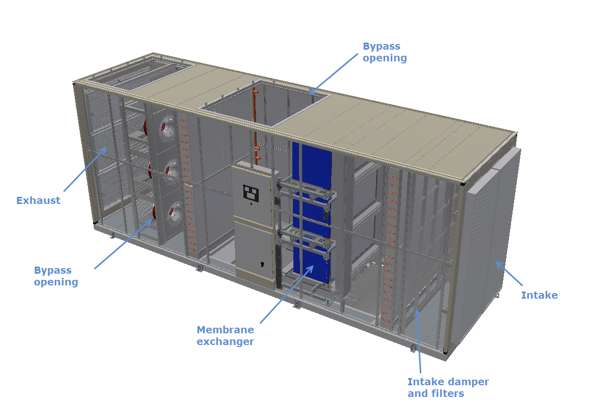
The membrane layer allows for heat to be transferred through evaporation, which was not possible in previous indirect cooling systems that lacked this new technology. The SPLC requires less water than a typical indirect cooling system, because it uses air to cool water instead of using water to cool air. Even when it’s operating in adiabatic or super-evaporative mode, the SPLC is still more energy- and water-efficient than other indirect systems.
The SPLC unit features integrated control of supply water temperature and distribution pumping, simplifying the piping requirements for the data center. To add flexibility, the unit can be connected to a variety of cooling delivery systems, including fan-coil walls, air handlers, in-row coolers, rear-door heat exchangers, and chip cooling.
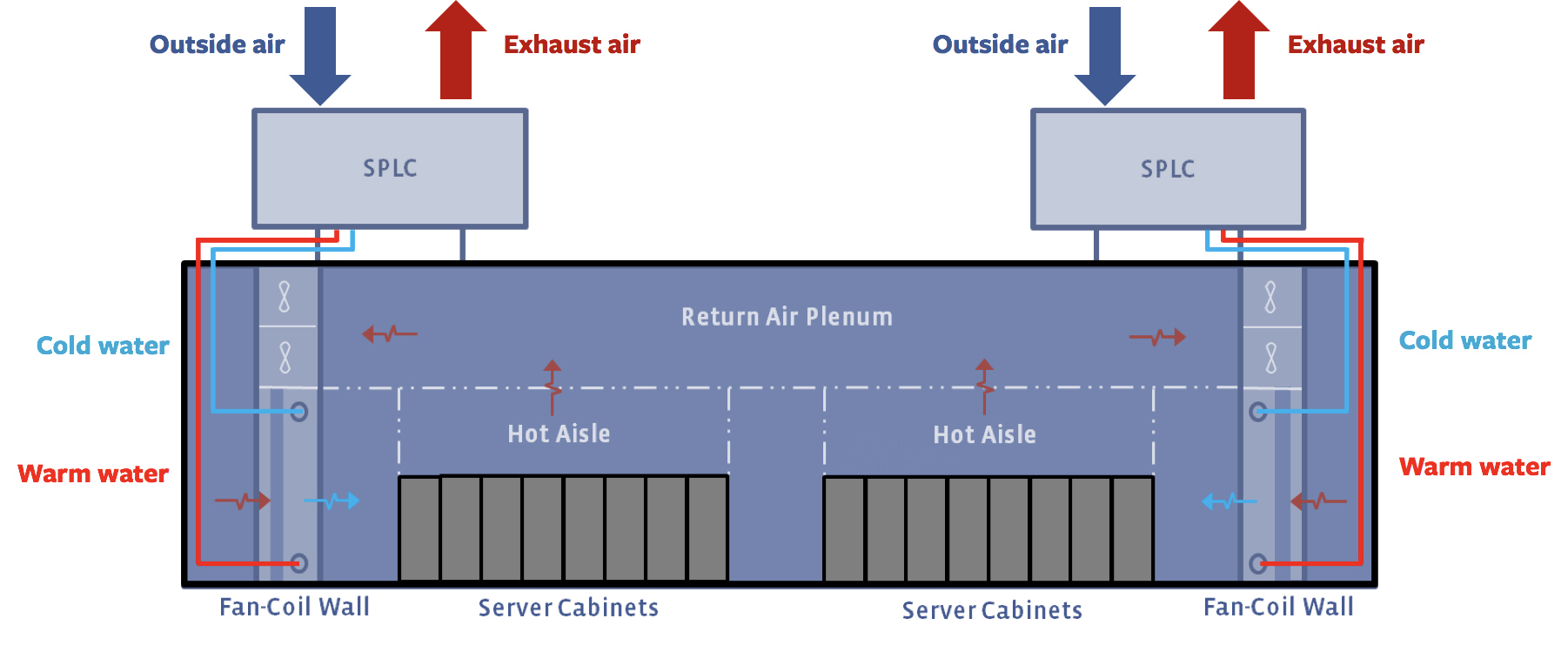
Picking the best system for each data center
The addition of the SPLC system to our data center design is an example of Facebook’s commitment to sustainability and innovation. The SPLC system significantly reduces water usage without reducing overall energy efficiency. In most climates, SPLC is expected to operate mostly in economizer mode, minimizing the energy use by fans. Almost every watt going into our data centers today is used to run the computing equipment, with minimal waste. For our current data centers, we have a fleet-wide average power usage effectiveness (PUE) of 1.10, which means approximately 10 percent of the energy input is being used for non-computing tasks to support the facility infrastructure.
Even in hot and humid climates, the SPLC system operates at a PUE that is on par with or better than the traditional direct evaporative cooling system. Facebook will continue to use direct cooling in many data centers, as it continues to be the most efficient cooling technology when environmental conditions permit. But the SPLC system will allow us to consider building data centers in locations we could not have considered before, and to make our network of data centers more energy- and water-efficient overall.
